The coolant flowing through your car helps, as the name suggests, at cooling the engine and preventing overheating. A significant leak can have dramatic consequences for your engine, so don’t take it lightly.
Here’s how to maintain your cooling system and what to do in the event of a coolant leak.
Equipment that you will need in the event of a coolant leak:
· Basin
· Flat screwdriver
· Cloth
· Funnel
· Cooling liquid
1. Check your coolant level regularly
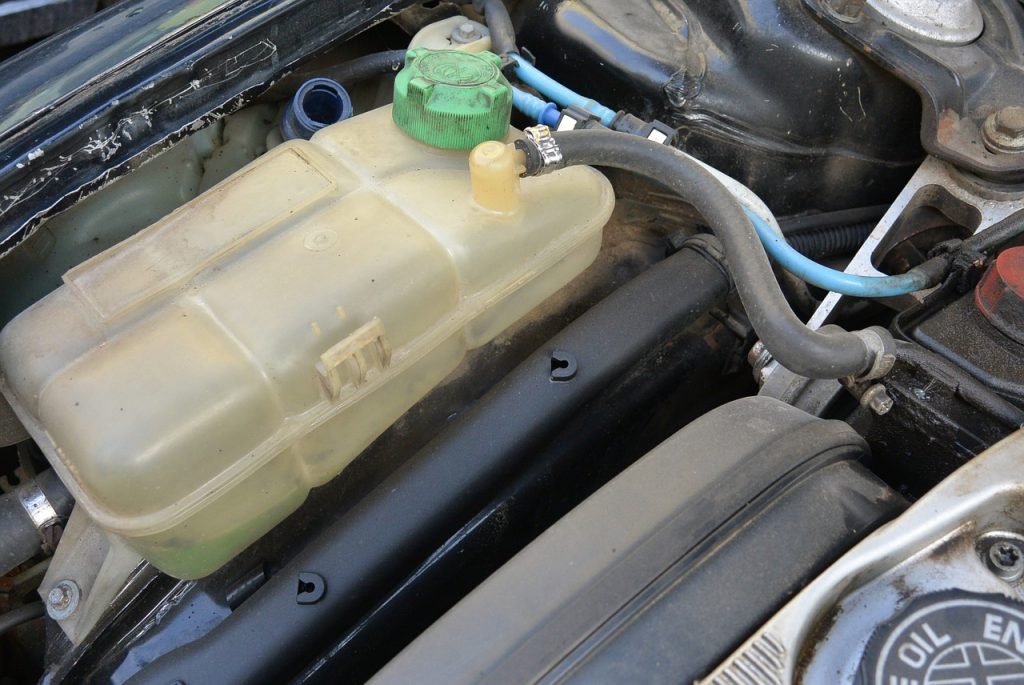
To avoid unpleasant surprises, check your coolant tank regularly, about every two weeks.
Good to know: do not wait for the corresponding light to come on, it is better to anticipate. This check is speedy:
– Open the cover when the engine is cold.
– Check that the coolant level is between the minimum and maximum indicated.
Important: Proceed only when the cooling system is cold. Otherwise, you risk severe burns, as the liquid is not only boiling but also under pressure when the engine is hot.
– If necessary, make a mark with a felt pen to accurately observe the evolution of the level of coolant the next time you check it.
– Always remember to have a container of coolant in your trunk so that you can top up when needed.
Good to know: you can exceptionally make up with water. But the cooling system will then have to be drained to replace the liquid provided for this purpose because pure water can freeze in extreme cold and cause the pipes to explode (ice takes up more space than water). That’s why the coolant contains antifreeze.
2. Detect a small coolant leak
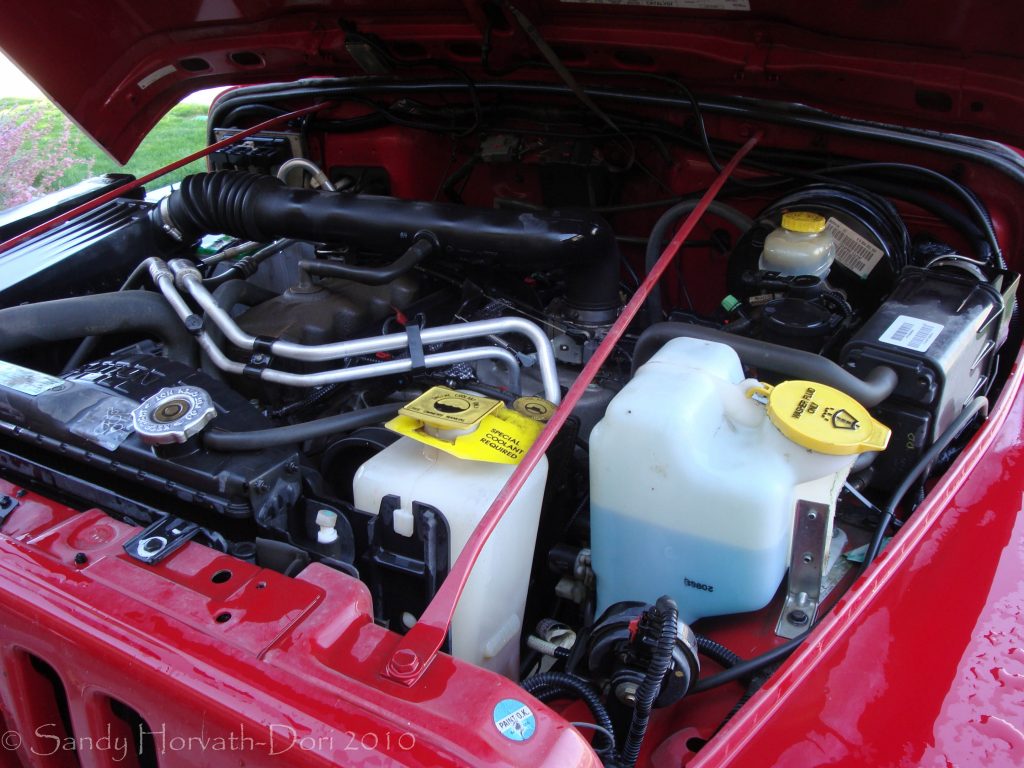
If your car regularly consumes coolant, it is because you leak into the cooling system: hose, gasket, radiator, engine interior (cylinder head gasket).
Two methods are available to identify the leakage defect.
Case 1: Look for the leak when the motor is cold
– Coolant leaves white streaks when it flows and dries.
– When the engine is cold, look for white traces around the cooling system.
Case 2: Look for the leak when the motor is hot
– Run the engine with the hood open.
– When the cooling system is under pressure, you will see the liquid coming out at the location of the leak.
3. Repair the coolant leak
First, drain the cooling system.
– Place a basin at the level of the radiator.
– Open the drain valve underneath.
– Allow the liquid to drain off.
– Also, open the coolant jar to create an air draft and allow for faster flow.
Case 1: Change the hose
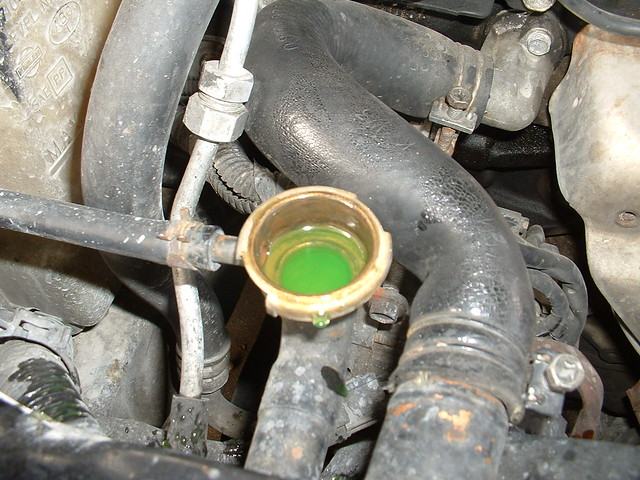
The leaking hose is the most frequent failure. In this case, the change is rapid and straightforward. You will have to loosen the fixing clamps, then replace the hose and tighten new clamps.
Case 2: Change a defective part other than the hose
For other sources of leakage, a solid knowledge of mechanics is required.
It may be the radiator leaking. It is better to change it than use a “stop leak” solution that may clog your radiator. It is a time-consuming operation depending on the models. Sometimes it is necessary to remove the entire front bumper to remove the radiator. The leak can come from the water pump that rotates the liquid in the system. On many vehicles, the water pump is taken altogether with the timing belt. You must then replace the belt at the same time.
Another possibility is that the cylinder head gasket is no longer airtight. In this case, white smoke is produced during start-up. Replace the cylinder head gasket before taking the vehicle back: this is a time-consuming operation that requires dismantling the entire top of the engine.
Fill the cooling circuit again
Once the defective part has been replaced, fill the cooling system. Close the drain plug if it is still open and pour in the liquid using a funnel.
Drain the cooling system
You must remove the air bubbles before finishing. Run the engine until the cooling system starts up and under pressure. Then open the drain screws on the hoses or radiator at the highest point. Let the air escape until the liquid comes out, then close again. Allow to cool and top up with liquid coolant.
4. Stop in case of a sudden large leak
If you are driving and white smoke or a cloud of steam comes out of your hood or through the exhaust pipe, coupled with a bad smell in the passenger compartment, stop your vehicle immediately. Do not restart the engine.
Important: In this case, you have a large coolant leak (the cylinder head gasket or hose is out of order). If you keep the engine on, you may overheat the engine in the very short term. Tow the car to a garage where you can check and repair it (steps 2 and 3).
Hope the above helps you out with your vehicle cooling system. For more information and tips, do not hesitate to write your comments in the section below.

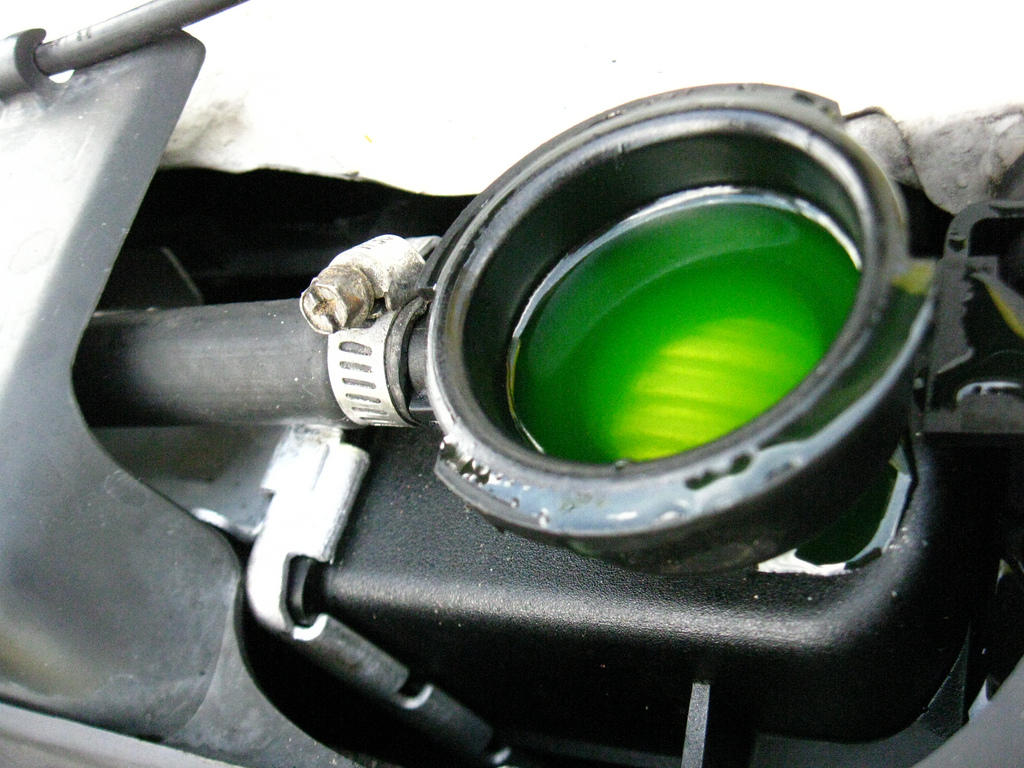
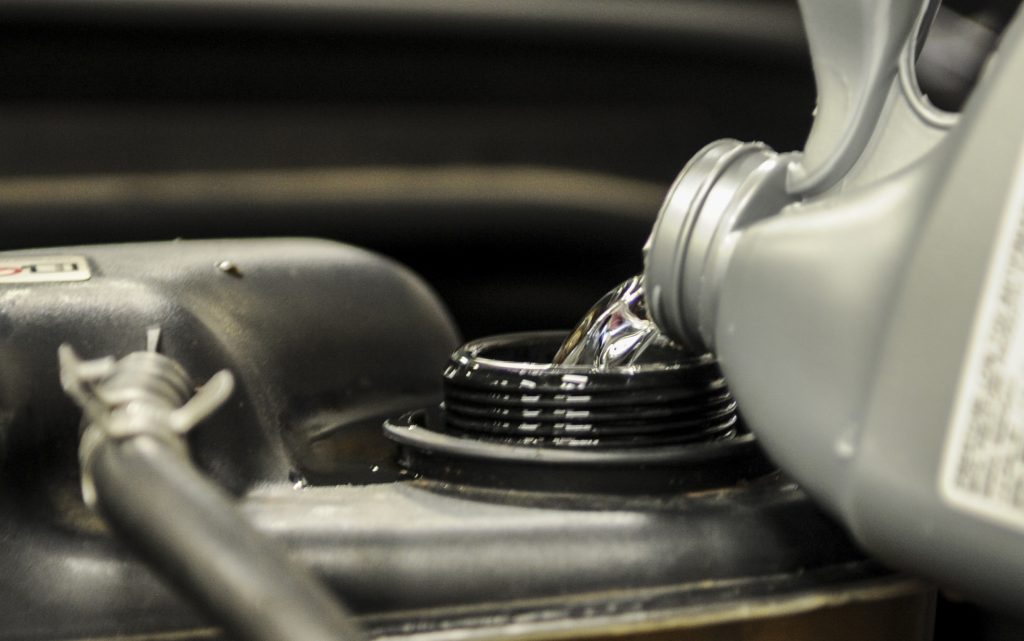
1 comment
[…] When a leak of coolant, diesel, or oil is found because it could damage the […]